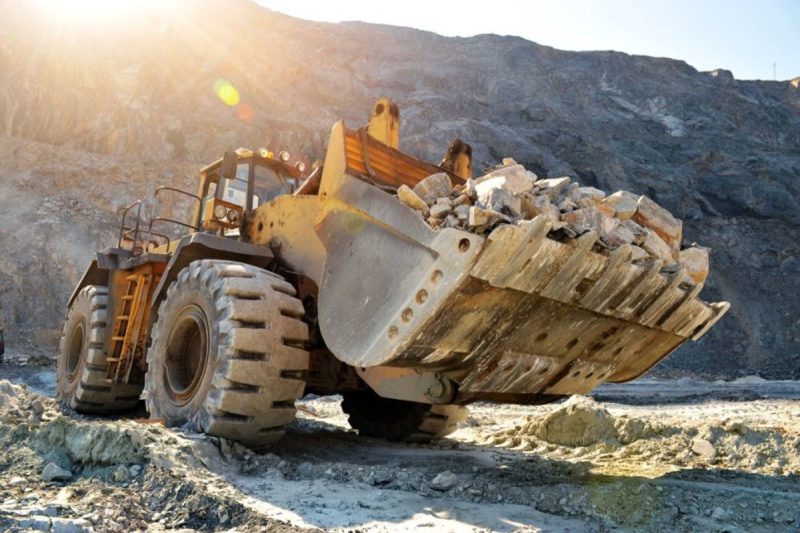The lifecycle of a mine is one of the key processes investors interested in the mining industry should understand. Each step in the lifecycle of a mine may take years, and these different processes all involve different levels of risk.
The early stages in the lifecycle of a mine are particularly risky. Junior miners are still a long way from production, and will face many obstacles before they get there. However, even this type of mining company can be a good investment for those who do their due diligence and ask the right questions.
With that in mind, here’s an overview of the lifecycle of a mine. There are five main stages: prospecting and exploration, assessment and approval, construction, production and reclamation.
1. Prospecting and exploration
Prospecting and exploration are precursors to mining and development and often happen at the same time. Historically, prospectors would explore a region on foot with a pick and a shovel, but today there are more high-tech methods that exploration companies can use when searching for mineral deposits. Prospecting can take anywhere from one to two years.
During mineral exploration, experts like geologists use additional techniques to determine the possible size and value of the mineral deposit discovered during prospecting. Exploration involves sampling, mapping, diamond drilling and other work. This stage is estimated to last between three and 14 years depending on the project. It generally involves data collection for environmental impact studies and the completion of a mineral resource estimate.
2. Assessment and approval
Once prospecting and exploration are finished, deposit details and environmental and socioeconomic information collected during exploration are used to plan and design a mine.
Companies only build mines if they are sure they have found a deposit valuable enough to justify the money they will have to spend to bring it into production. Costs they will need to cover relate to mine design and construction, operational expenses, plus mine closure and reclamation expenses.
To determine the economic viability of a mineral deposit, mining companies generally complete several technical studies. These studies include preliminary economic assessments, along with prefeasibility and feasibility studies. All three analyze and assess the same geological, engineering and economic factors, but the level of detail and precision is significantly different.
In general, it takes two to three years for mining companies to amass this data.
During this part of the lifecycle of a mine, companies will also usually look to secure various permits, a process that can take one to three years or even longer. They also tend to spend time raising money to support these expensive and high-risk steps.
3. Construction
All of the preliminary and technical reports completed during the first two stages of the lifecycle of a mine serve as tools that provide companies with the information they need to make intelligent and strategic decisions regarding the development of a project. Once they have all of this information, they will decide if they will go ahead with the mine construction phase.
Construction occurs after research, permitting and approvals have all been completed. Building a mine site can involve enhancing and building roads, processing facilities, environmental management systems, employee housing and other facilities.
4. Production
Once the construction phase is finished, the mine begins to produce. Mine production involves the extraction of ore, separation of minerals, disposal of waste and shipment of product.
The production phase, or mine life, can be short and sweet or can last decades depending on the type of deposit and market strength. Production can be mothballed if prices for the metal being mined no longer justify the cost of production.
The two most common methods of mining are surface and underground mining. Companies determine what type of extraction is best based on the characteristics of their mineral deposit and the limits imposed by economics, safety, technology and environmental permitting.
Mine production involves three main stages:
Recovering minerals: Also called mineral extraction, this is the process of extracting ore from rock using different tools and machinery.Processing: At this point of the mining process, ore is treated to separate valuable minerals from waste rock.Smelting: Concentrate is melted to extract metals like zinc, copper or precious metals from ore.
5. Reclamation
Once a mine site has been exhausted, the process of closure occurs; this stage involves dismantling all facilities on the property. Reclamation then begins, allowing the land to ideally return to its original state.
Mining involves the temporary use of land, and as the lifecycle of a mine finishes, the goal of reclamation is for areas affected by mining activity to again host self-sustaining ecosystems that provide a healthy environment for fish, wildlife and humans.
Securities Disclosure: I, Melissa Pistilli, hold no direct investment interest in any company mentioned in this article.





























